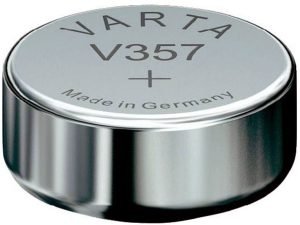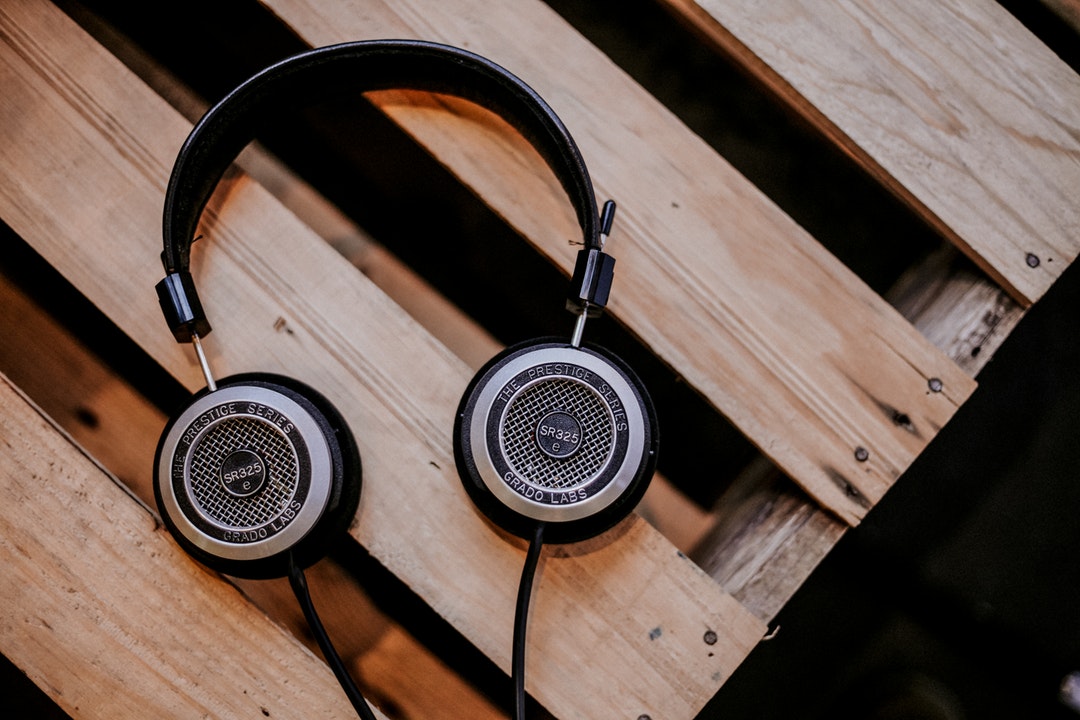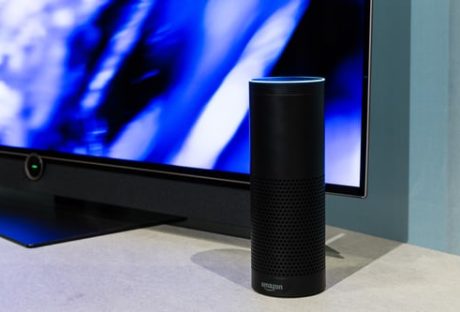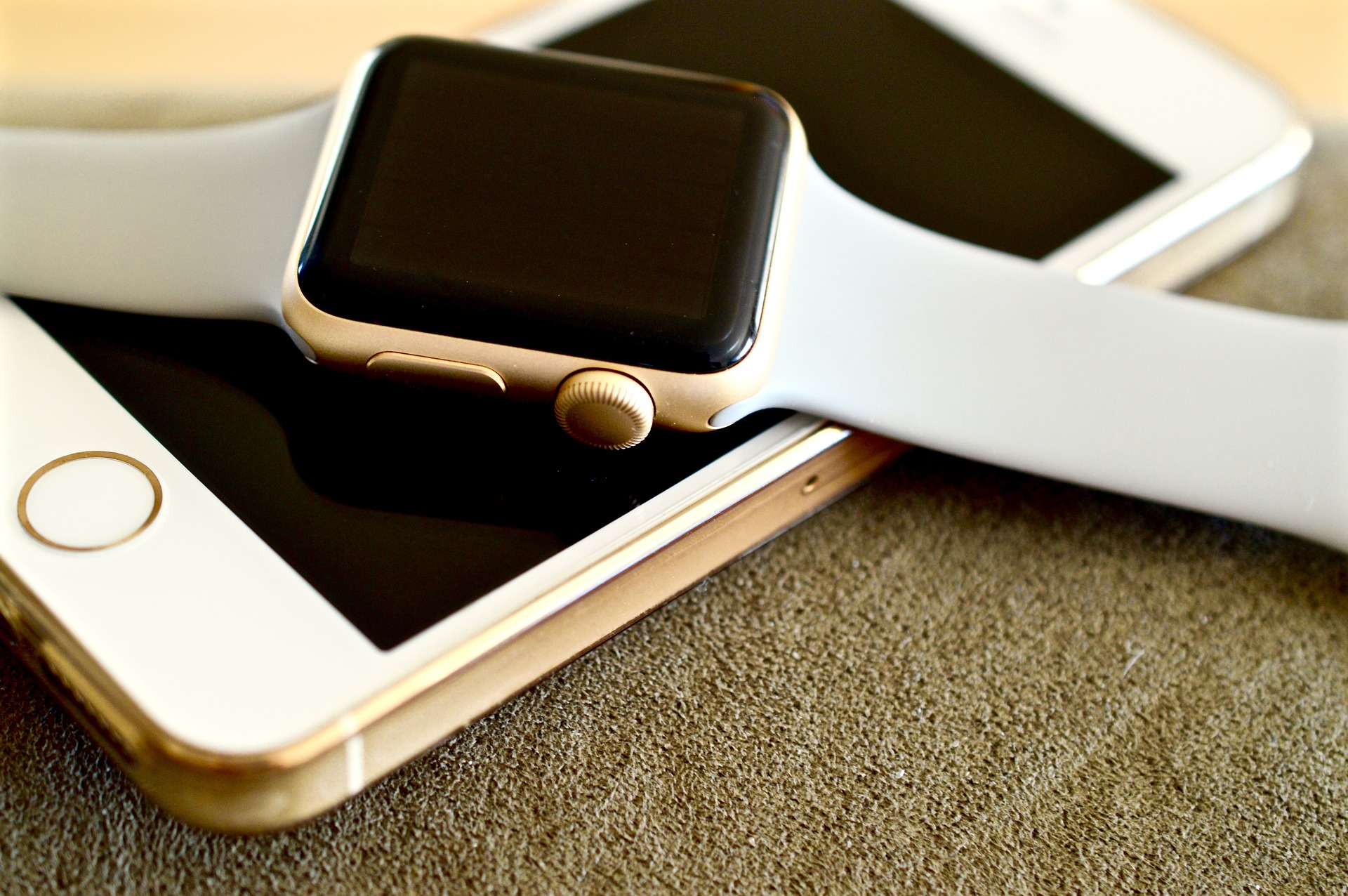Did your flashlight battery run out? If yes, then it will be good if you buy a new battery for your flashlight according to the recommendation from the manufacturers. If you follow the instructions or manuals given by the manufacturer inside then you can save your device from damages and wrong type of batteries.
While you are replacing the batteries make sure to check the details such as battery type, capacity, chemistry, dimensions, max pulse current, self-discharge rate, etc. It may sound complicated however it is necessary for good performance of the gadget.
Here we have small tips related to battery and its safety-
You must never recharge the battery with the wrong charger as well as do not charge primary batteries or it may explode and cause fires. Do not swallow the battery; keep your kids away from it. These NiMH and lithium batteries do not contain toxic metals but they are dangerous and when swallowed electrolytes will close the circuit in the body as well as cause chemical reaction which caused the ultimate death of a person.
Battery types:
Coin/ button cell battery:
These are grouped under no- rechargeable batteries. It is common in key chains, watches, remote controls, and hearing aids. There are various chemistry types of this battery like silver oxide, alkaline, and mercury oxide. In addition, most of the manufacturer interchangeably makes use of similar labels for silver oxide and alkaline batteries.
If you look at the button cell battery chart then you can find out the difference and also know about the button battery sizes.
Alkaline:
Alkaline coin/button cell batteries are cheap and reliable batteries. 1.5 volts is the nominal voltage of this battery but when you use this battery its voltage drops with time. The real capacity of this battery is dependent on the device cut off voltage. If it is to be used in electronic equipment where there is the requirement of the constant high voltage then the so-called capacity of this battery is low. In such gadgets the need for replacement of the battery is quick.
However, if the alkaline battery is to be used in gadgets that can tolerate low battery voltage, then its so-called capacity will be larger and you need not replace batteries in them so soon. Typical labels for alkaline batteries are LR##, AG##, LR###, etc. The normal capacity of alkaline LR44 is about 110-130 mAh and it is lower than equivalent silver oxide battery. Common Shelf life for it is 5 years.
Silver Oxide:
These button/coin cell batteries are a well-known type of batteries. They are not very expensive and have a shelf life of about 10 or more years. They have constant voltage while an operation that is identical to the nominal voltage of the alkaline batteries. Typical labels of this battery type are SR##, SG##, SR###, etc. Typical capacity of these types of batteries ex- Silver oxide SR44 is 150-200 mAh and it is more than equivalent alkaline LR44 while less than zinc-air.
Zinc Air:
These are used widely in hearing aid devices. They are having slightly lesser nominal voltage (1.4 to 1.45 V) however this voltage is quite similar or higher than the alkaline batteries voltage while using. In addition to this, these batteries got the largest capacity and chemistry. Typical capacity- 600-700 mAh and it is the much larger capacity when compared to silver oxide.
These batteries are not common because of different reasons, however, one of the common reasons is that they work by using air, and when electrolyte dries out, it is dead and needed to be replaced. Depending on manufacturer and model, after the protective tab of these batteries is removed, leave it for some minute in the air then use it for weeks. It has a shelf life of 4-5 years.
Mercury oxide:
These types of batteries are no longer in the use because of their impact on the environment. They require slightly lower voltage (~1.35V) they have good capacity. The typical capacity of battery MR44 is 180-200 mAh and it is quite similar to silver oxide SR44. If a small portion of these batteries is swallowed then it can induce vomiting.
Cylindrical batteries:
These are commonly used in devices such as remote control devices, key chains, bikes, electric tools, etc. Cylindrical batteries are divided into 2 groups such as-
- Non-rechargeable or primary batteries
- rechargeable or secondary batteries
It is to be noted that the primary batteries must never be charges. Also, keep in mind that does not recharge batteries with NOT designed charger. The nominal voltage of the non-rechargeable cell is 1.5V regardless of whether they are alkaline or carbon-zinc batteries. These are interchangeable nit alkaline batteries that have huge capacity and they are used more than the zinc-carbon batteries.
For Primary lithium batteries, nominal voltage is 3V; they have a larger capacity and are light weighted. In addition to this, they tend to be highly expensive than the zinc-carbon as well as alkaline batteries and are utilized in high power gadgets such as cameras, flashlights, etc.
Secondary cells’ nominal voltage is dependent on its chemistry. These batteries are smaller and packed with enough energy but if mistreated then it may burst or explode. Hence, make sure you refer a button cell battery chart before replacing or using any batteries in your device.
- nickel Cadmium battery
it is also referred to as NiCd batteries and they have the nominal voltage of 1.2 V. it can generate large current however it has limited capacity as well as number of charging/ discharging cycles.
- Nickel metal hydride– it is also referred to as NiMH batteries and it offers good capacity, low rate of self-discharge, good shelf life, etc along with reasonable rates.
- Lithium secondary batteries– they have a voltage ranging from 3.3-3.7V and are labeled as 3.7 or 3.6V batteries. They have a large capacity, improved safety, and a higher drain.
For more information about batteries, you can refer button cell battery chart. We hope you have gained enough knowledge about batteries and their usage. Hurry up and go replace your batteries.
Read Also:



























